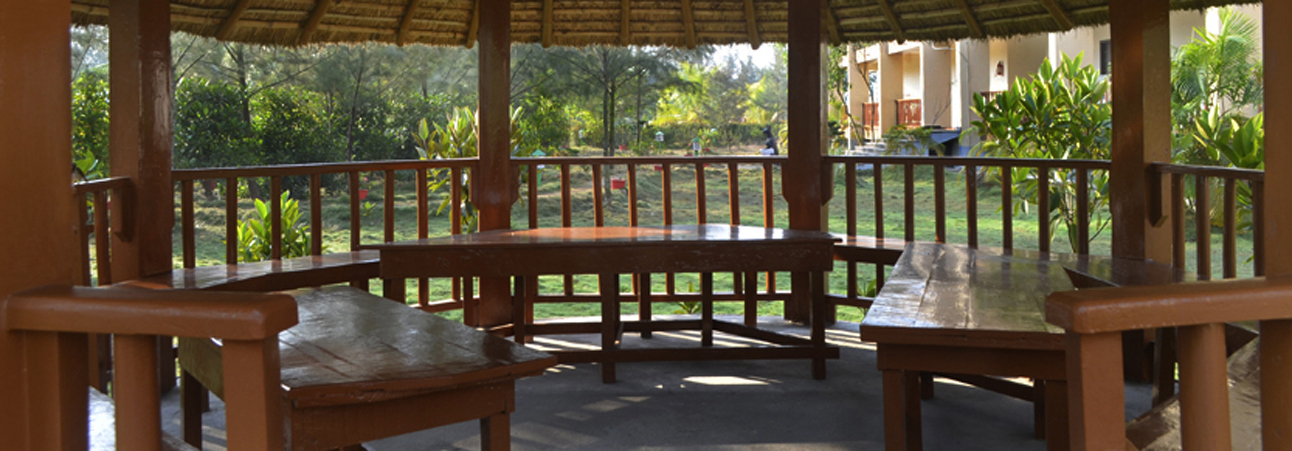Sunderban
ABOUT SUNDARBAN
The Sundarbans is the largest single block of tidal halophytic mangrove forest in the world. The Sundarbans is a UNESCO World Heritage Site covering parts of Bangladesh and the Indian state of West Bengal.
The Sundarbans National Park is a National Park, Tiger Reserve, and a Biosphere Reserve located in the Sundarbans delta in the Indian state of West Bengal.
The name Sundarban can be literally translated as "beautiful forest" in the Bengali language (Shundor, "beautiful" and bon, "forest"). The name may have been derived from the Sundari trees (the mangrove species Heritiera fomes) that are found in Sundarbans in large numbers.
The mangrove-dominated Ganges Delta – the Sundarbans – is a complex ecosystem comprising one of the three largest single tracts of mangrove forests of the world. Situated mostly in Bangladesh, a small portion of it lies in India. The Indian part of the forest is estimated to be about 19%, while the Bangladeshi part is 81%.
FLORA» A total 245 genera and 334 plant species were recorded by David Prain in 1903.
» The Sundarbans flora is characterised by the abundance of sundari (Heritiera fomes), gewa (Excoecaria agallocha), goran (Ceriops decandra) and keora (Sonneratia apetala) all of which occur prominently throughout the area.
» There is abundance of dhundul or passur (Xylocarpus granatum) and kankra (Bruguiera gymnorrhiza) though distribution is discontinuous.
» Among palms, Poresia coaractata, Myriostachya wightiana and golpata (Nypa fruticans), and among grasses spear grass (Imperata cylindrica) and khagra (Phragmites karka) are well distributed.
» Besides the forest, there are extensive areas of brackish water and freshwater marshes, intertidal mudflats, sandflats, sand dunes with typical dune vegetation, open grassland on sandy soils and raised areas supporting a variety of terrestrial shrubs and trees.
» Twenty-six of the fifty broad mangrove types found in the world grow well in the Sundarbans. FAUNA
» The Sundarbans provides a unique ecosystem and a rich wildlife habitat. According to the 2011 tiger census, the Sundarbans have about 270 tigers.
» Fishing Cats, Macaques, wild boars, Common Grey Mongooses, Foxes, Jungle Cats, Flying Foxes, Pangolins, and spotted deer are also found in abundance in the Sundarbans.
AVIFAUNA
The forest is also rich in bird life, with 170 species including the endemic Brown-winged Kingfishers (Pelargopsis amauroptera) and the globally threatened Lesser Adjutants (Leptoptilos javanicus) and Masked Finfoots (Heliopais personata) and birds of prey such as the ospreys (Pandion haliaetus), White-bellied Sea Eagles (Haliaeetus leucogaster) and Grey-headed Fish-eagles (Ichthyophaga ichthyaetus).
AQUA FAUNA
Some of the fish and amphibians found in the Sunderbans are sawfish, butter Fish, electric ray, common carp, silver carp, barb, river eels, starfish, king crab, fiddler crab, hermit crab, prawn, shrimps, Gangetic dolphins, skipping frogs, common toads and tree Frogs.
REPTILES
The Sundarbans National Park houses an excellent number of reptiles as well. Some of the common ones are olive ridley turtles, sea snakes, dog faced water snakes, green turtles, estuarine crocodiles, chameleons, king cobras, salvator lizards, hard shelled batgun terrapins, Russels vipers, mouse gekkos, monitor lizards, curviers, hawks bill turtles, pythons, common kraits, green vine snake, chequered killbacks and rat snakes. The river terrapin (Batagur baska), Indian flap-shelled turtles (Lissemys punctata), peacock soft-shelled turtles (Trionyx hurum), yellow monitors (Varanus flavescens), water monitors (Varanus salvator), and Indian pythons (Python molurus) are some of the resident species.
Home |
Profile |
Package |
Tariff |
Gallery |
|
Booking |
Contact
Copyright © Sundarban Riverside Holiday Resort 2014-2020. All Rights Reserved. Designed and developed by Interjaal









